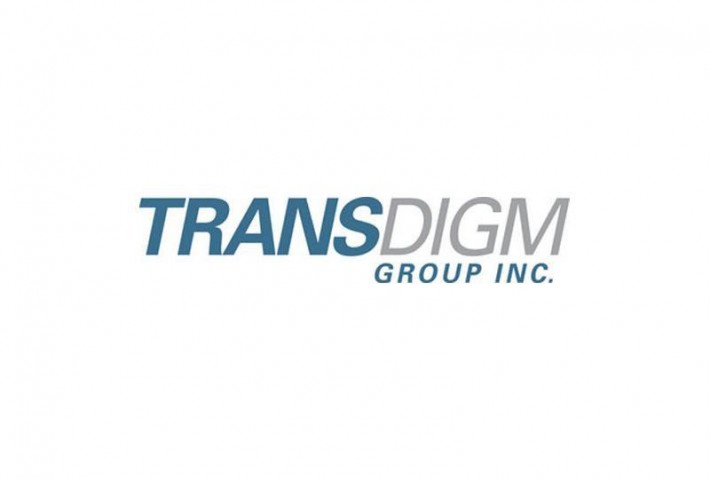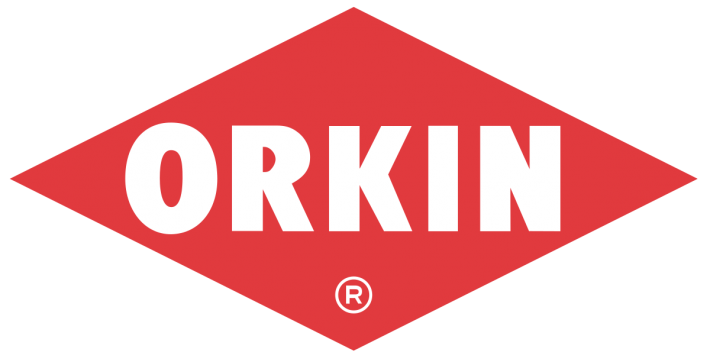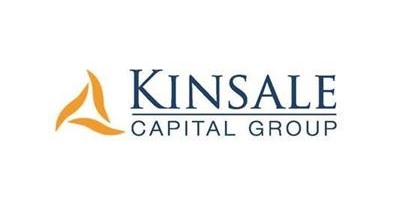Please use the following link to access our thoughts on TDG's Q1 report and conference call.
Please use the following link to download our initiation report for Rollins (NYSE:ROL - $31.46)
Please use the following link to download our initiation report for A.O. Smith (NYSE:AOS - $85.53)
Attached please find the results of our recent diligence conversations, as well as any of Antrim's reactions to earnings which did not merit a standalone report.
Please use the following link to download our coverage initiation of Fox Factory Holding Corp. (Nasdaq:FOXF - $178.67)
Please use the following link to access our thoughts on BLL's Q3 report and conference call.
Please use the following link to download our thoughts on IPGP's Q3 report and conference call commentary.
Please use the following link to download Antrim's thoughts on TRN's Q3 report and conference call discussion.
Please use the following link to download our thoughts on the third quarter of SNA's fiscal year:















